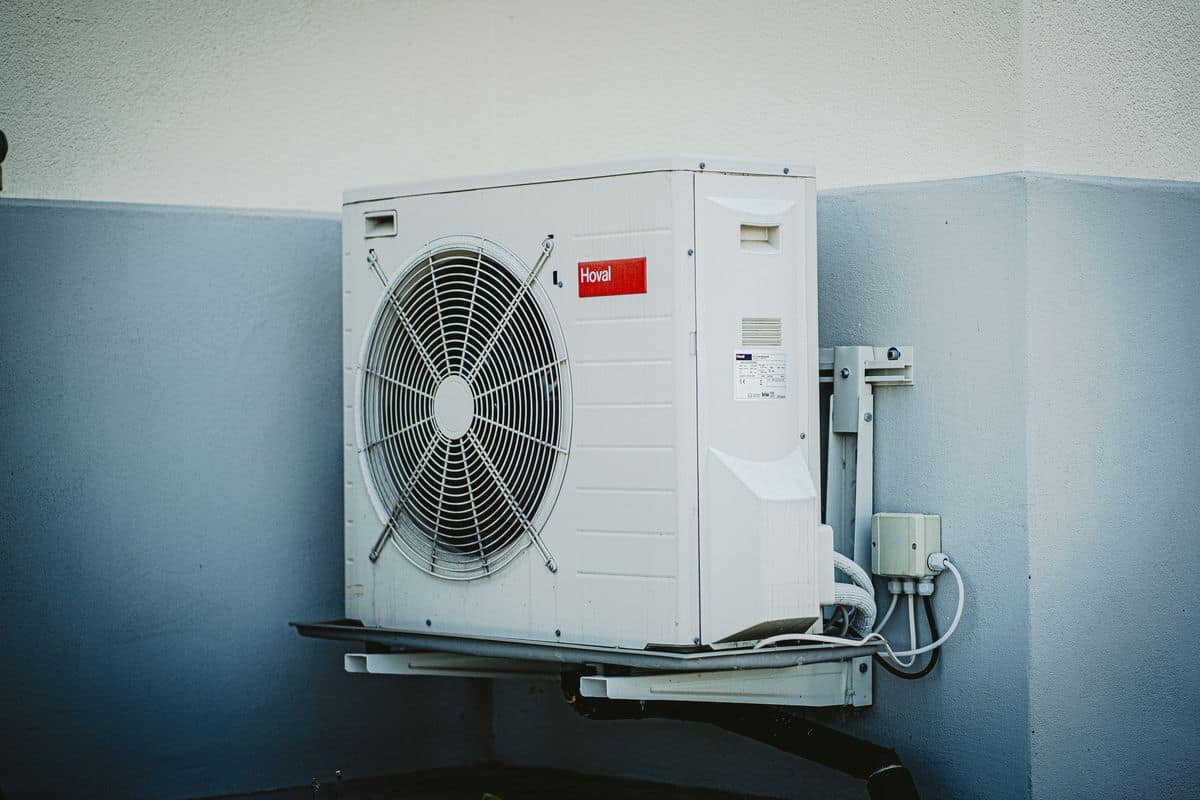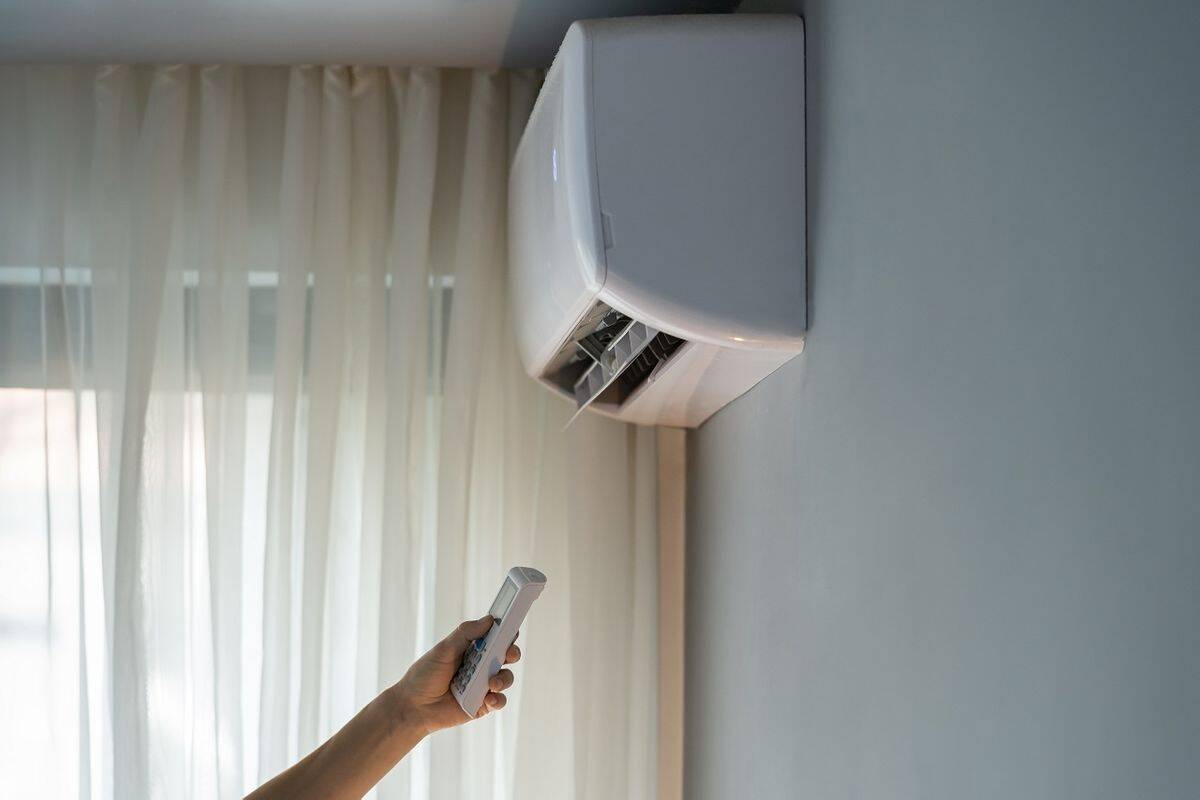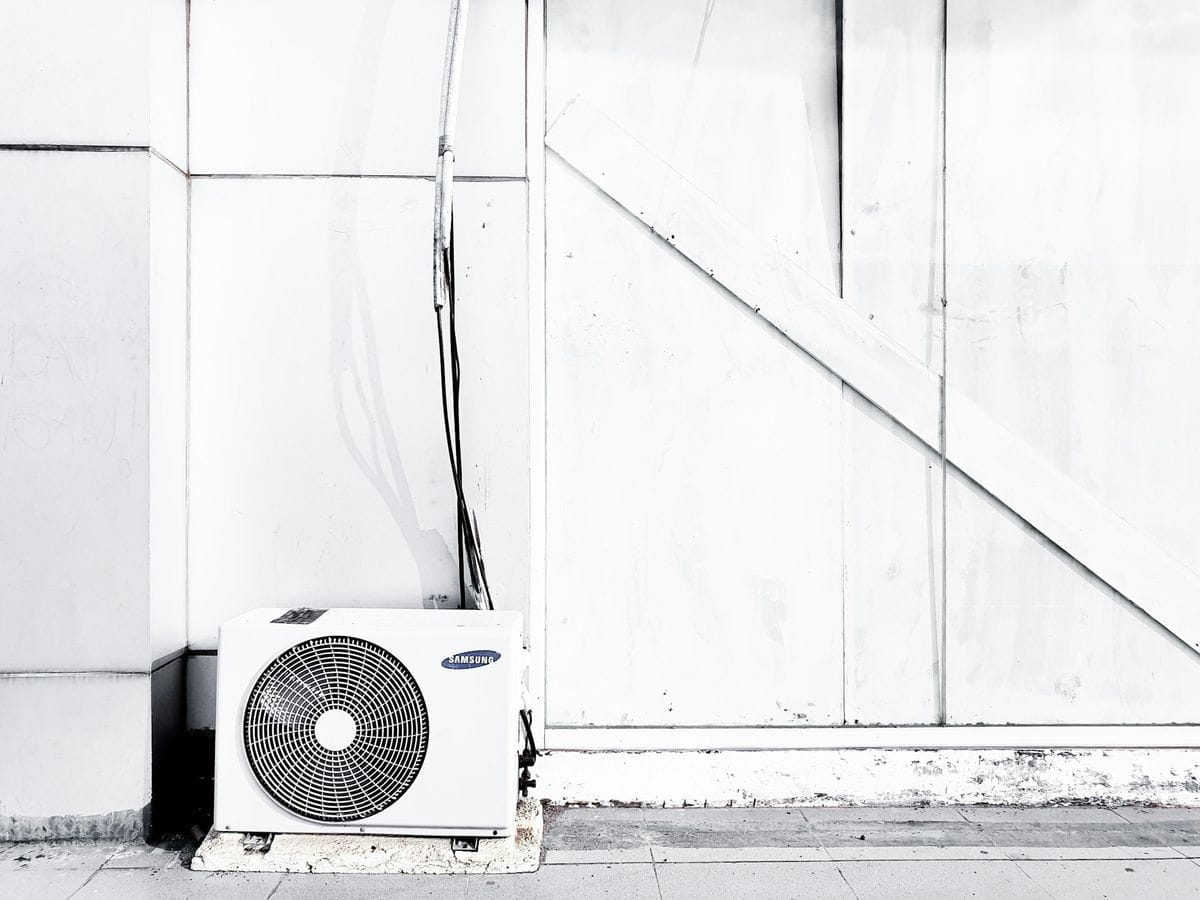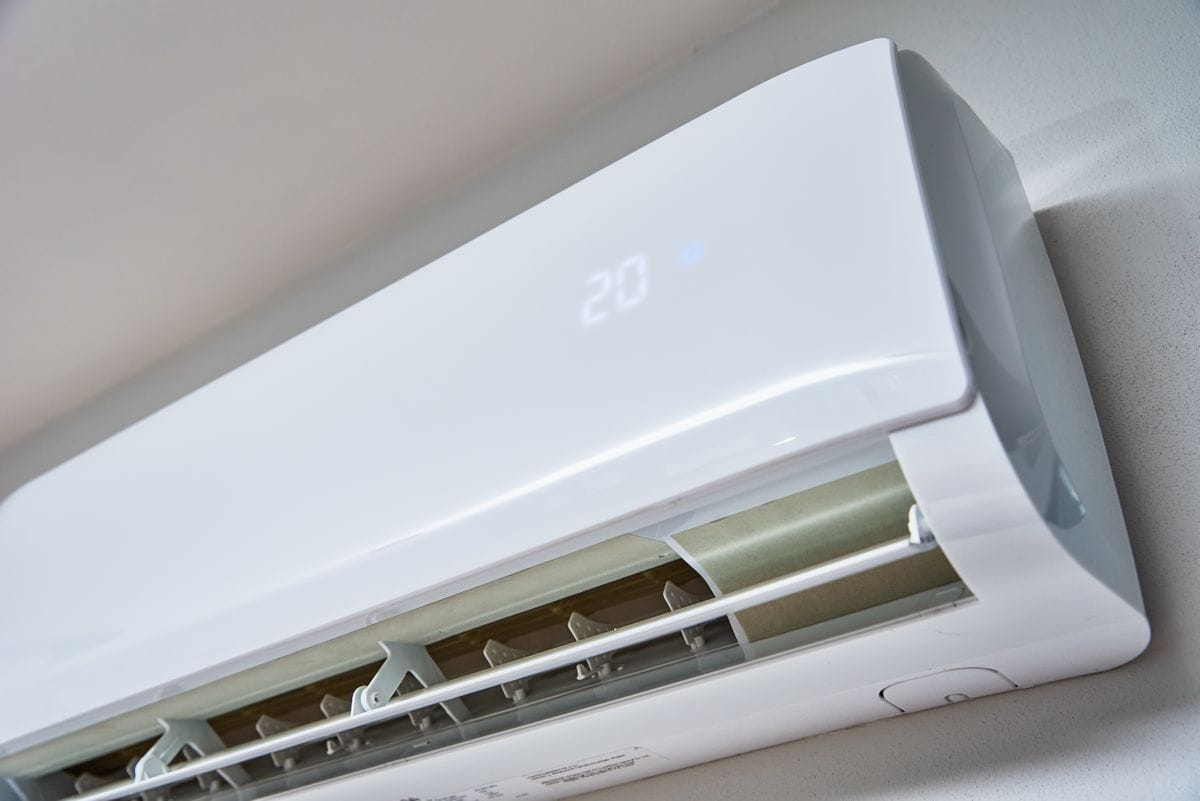In today’s environmentally conscious world, homeowners are increasingly seeking energy-efficient solutions that not only reduce their carbon footprint but also help them save on their energy bills. Modern, energy-efficient HVAC systems can provide the perfect blend of comfort and sustainability, creating a cozy living atmosphere while minimizing energy consumption.
With numerous options and technologies available, energy-efficient HVAC systems have come a long way to become both accessible and cost-effective for homeowners in Saratoga Springs and The Capital Region, NY.
Energy-efficient HVAC systems offer numerous benefits, including reduced energy consumption, lower utility bills, increased comfort, longer system lifespans, and minimized environmental impact. By embracing energy-efficient technologies, homeowners can not only reduce their monthly expenses but also make a positive contribution to the environment by reducing greenhouse gas emissions.
This comprehensive guide to energy-efficient HVAC systems will explore the benefits of upgrading your heating and cooling solution, delve into the types of energy-saving HVAC technologies suitable for your home, and provide tips on selecting and maintaining the perfect system to maximize efficiency and comfort.
Understanding Energy Efficiency Ratings
When it comes to energy-efficient HVAC systems, understanding efficiency ratings is critical in selecting the right equipment for your home. These ratings help you compare different systems’ performance and estimate potential energy savings. Here are some key efficiency ratings to consider:
1. Seasonal Energy Efficiency Ratio (SEER): This rating measures the cooling efficiency of air conditioners and heat pumps. A higher SEER rating indicates better efficiency and cost savings. The minimum SEER rating required for modern systems is 14, but ratings can be as high as 22+ for high-efficiency models.
2. Heating Seasonal Performance Factor (HSPF): HSPF measures the heating efficiency of air-source heat pumps. A higher HSPF rating indicates better efficiency, with the minimum requirement being 7.7 for new systems.
3. Annual Fuel Utilization Efficiency (AFUE): This rating gauges the efficiency of furnaces and boilers. An AFUE percentage indicates the amount of fuel converted to useful heat, with higher percentages meaning better efficiency. Modern systems should have an AFUE of at least 80%, while high-efficiency models can reach 90-98%.
Choosing The Right Energy-Efficient HVAC System
Selecting the right energy-efficient HVAC system is essential to ensuring long-term efficiency and optimal performance. Consider the following factors when choosing the ideal system for your home:
1. System Types: There are several types of energy-efficient HVAC systems, including high-efficiency furnaces, air-source heat pumps, and geothermal heat pumps. Each has its benefits and drawbacks, so research and compare to determine the best fit for your home.
2. Sizing: Work with a professional HVAC technician to determine the appropriate size for your system. An improperly sized unit may consume more energy than necessary and fail to deliver optimal comfort.
3. Compatibility: Ensure that the new energy-efficient system is compatible with your existing ductwork and infrastructure for smooth installation and operation.
4. Rebates and Incentives: Investigate available rebates and incentives for energy-efficient HVAC systems, which can offset the initial investment and increase long-term savings.
Maximizing Efficiency With Smart Features
Modern technology offers a variety of smart features that can elevate your home’s overall energy efficiency, comfort, and cost savings. Here are a few options to complement and enhance your HVAC system:
1. Smart Thermostats: Programmable or smart thermostats let you schedule temperature settings based on your daily routine and preferences. This precise control helps you avoid unnecessary energy usage and maintain a comfortable climate.
2. Zoned Temperature Systems: These systems divide your home into separate zones, each with its temperature control. Zoned systems allow you to maintain different temperature levels in each zone, reducing energy waste and creating a balanced living environment.
3. Variable-Speed Equipment: Variable-speed compressors, fans, and blowers adjust their speed based on your home’s heating and cooling requirements. This technology provides precise temperature control, energy savings, and noise reduction.
Maintenance Tips For Energy-Efficient HVAC Systems
Proper maintenance is essential to ensuring the long-term performance of your energy-efficient HVAC system. Follow these simple maintenance tips to increase the longevity and efficiency of your investment:
1. Regular Filter Replacement: Change your air filters every 1-3 months to maintain airflow and prevent strain on your equipment. This simple but crucial act can significantly impact your system’s efficiency and longevity.
2. Annual Professional Maintenance: Schedule annual professional maintenance, including a thorough inspection and tune-up of your HVAC system. This proactive approach helps identify and address potential issues before they become costly problems.
3. Keep Equipment Clean: Routinely clean dirt and debris from your outdoor unit, as well as indoor vents and registers, to maintain proper airflow and system efficiency.
4. Inspect Ductwork: Inefficient ductwork can undermine the performance of your HVAC system. Have a professional inspect your ducts for leaks and damages, ensuring optimal air circulation and minimizing energy loss.
Final Thoughts
Investing in an energy-efficient HVAC system is a smart choice for homeowners looking to reduce their environmental impact and save on energy bills. With a variety of innovative technologies and smart features tailored to suit your unique needs, these systems deliver unparalleled comfort and performance. By understanding efficiency ratings, selecting the right equipment, and prioritizing proper maintenance, you can enjoy the long-lasting benefits of an eco-friendly, cost-effective HVAC solution.
Begin your journey toward a greener, more comfortable living environment today by exploring energy-efficient HVAC systems for your Saratoga Springs, NY home. Contact our team at My Jockey today to get started!






